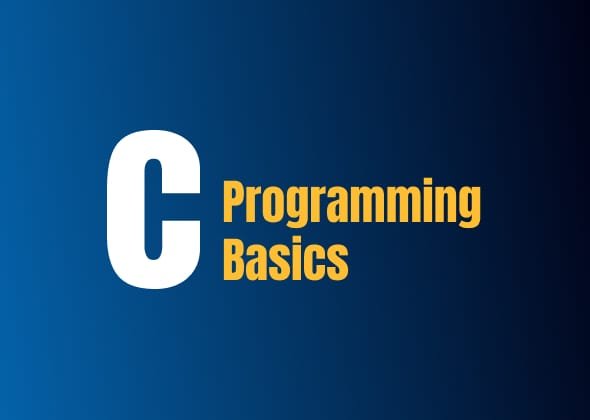

Each module includes hands-on exercises, practical examples, and logic puzzles to reinforce learning and prepare you for real-world programming challenges.
The course spans approximately 56 to 80 hours. This includes lectures, hands-on practice, assignments, and a final project. The pace can be adjusted based on your learning needs and schedule.
Each module includes lectures, practical exercises, and logic puzzles to reinforce learning:
Enrolling in this course will provide you with:
Upon successful completion, students will receive a Certificate of Completion demonstrating their proficiency in good practices and safety in electronics and electrical engineering.
This course is taught by experienced professionals in electronics and electrical engineering, with a focus on practical, real-world skills.
To enroll in this course, visit our registration page or contact us at admin@ssitraininginfo.com, 0422-2209999
WhatsApp Us